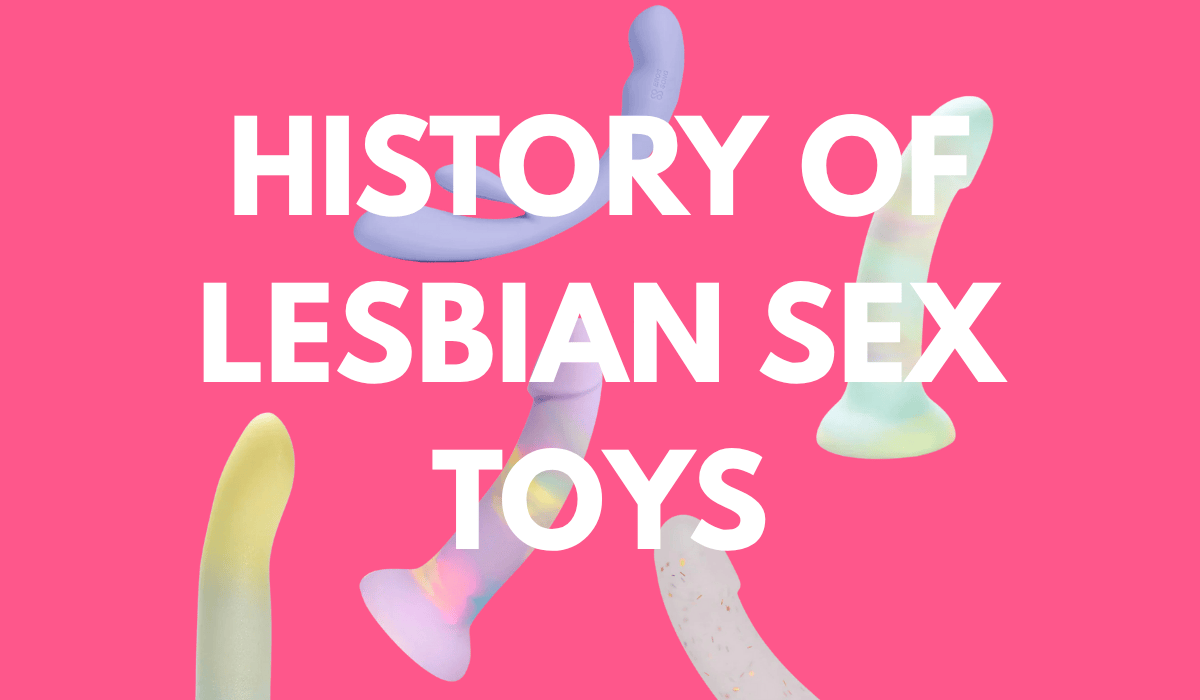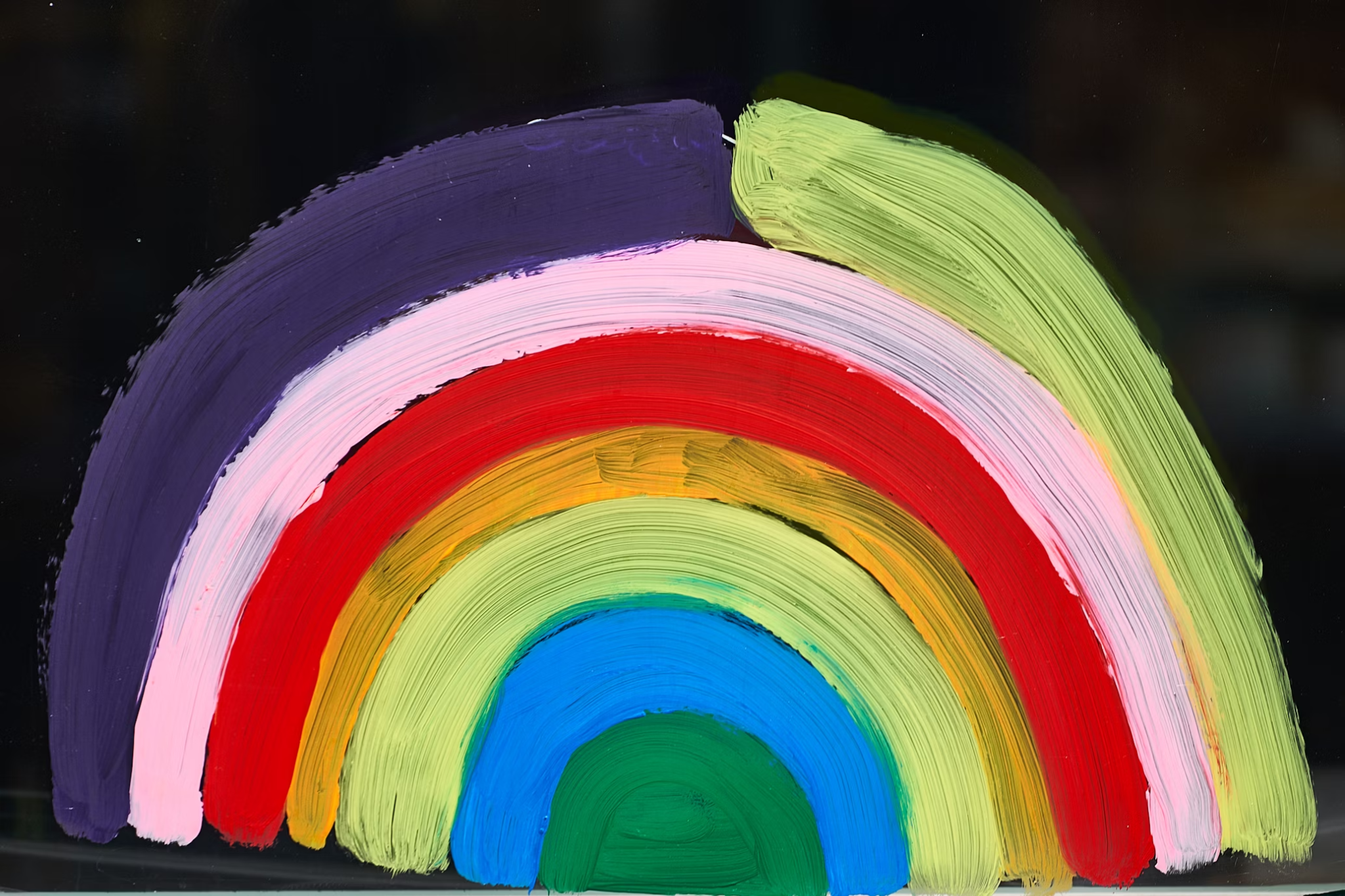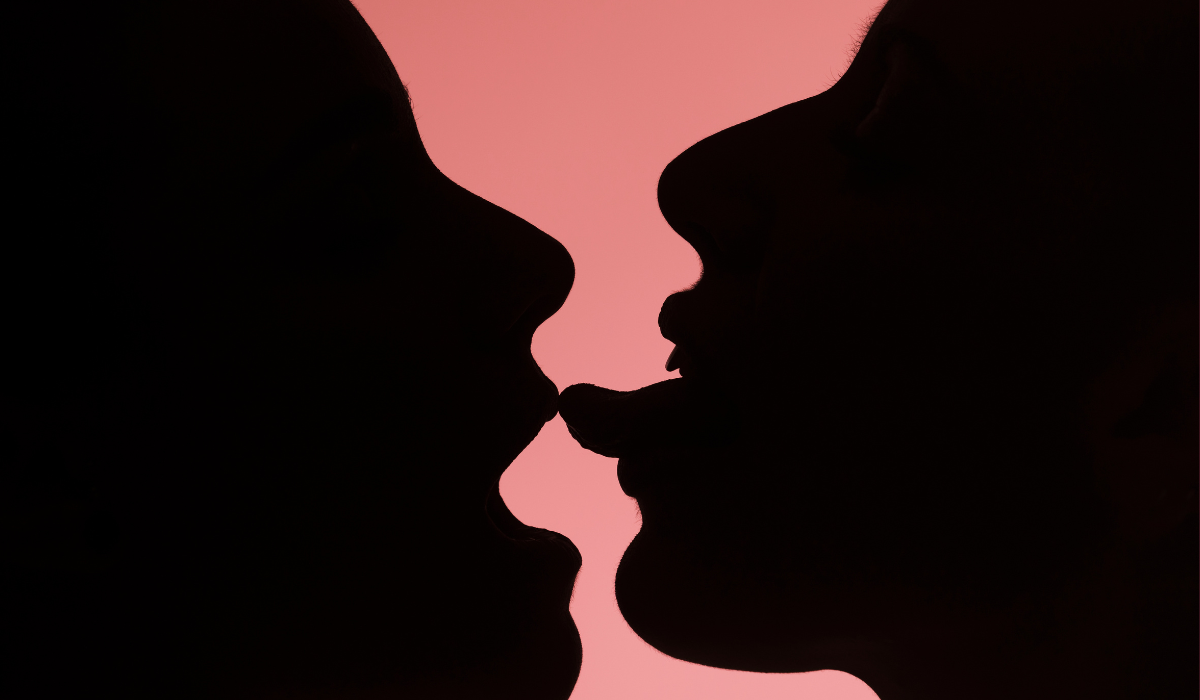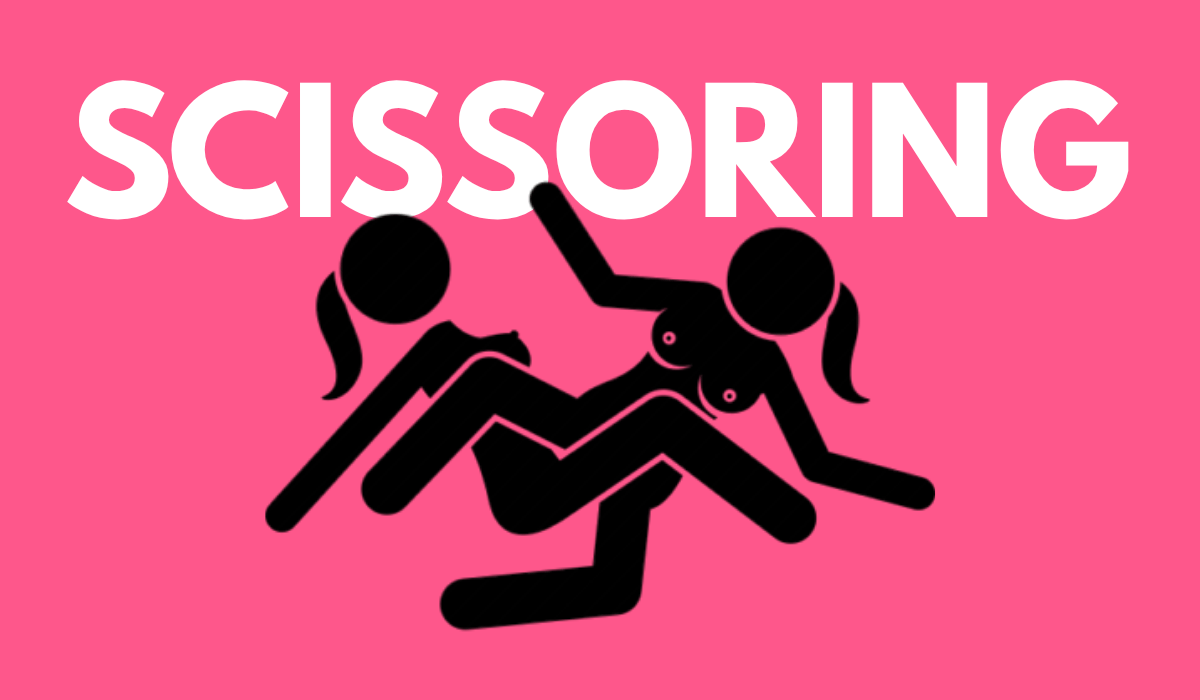Queer pleasure has always existed—we’re just louder, safer, and more sparkly now.
Ancient Tools for Sapphic Delight
Long before queer pleasure had a name, ancient women were crafting tools to satisfy their desires.
In ancient Greece, the olisbos—a dildo made of leather or wood—was often covered in olive oil and used when husbands were off at war. Plato called the uterus a “wandering womb,” and many believed that women needed sexual release to stay healthy.
Across cultures, women used fruits, carved roots, and polished stones.
The Renaissance: Dilettos, Art, and Punishment
The 1400s gave rise to “dilettos” in Italy—meaning “to delight.” These phallic tools appeared in erotic art and literature, sometimes adorned with precious metals. But even as the ruling class indulged, everyday queer women faced criminalization.
In 18th-century Europe, lesbian sex was often labeled “unnatural acts,” and possession of dildos could result in imprisonment—or worse. Satirical pamphlets depicted Marie Antoinette using a dildo on another woman, scandalizing the public and sexualizing resistance.
Victorian Vibes: Medicine Meets Masturbation
Fast forward to 1869: enter The Manipulator—the first steam-powered vibrator, originally invented to “treat hysteria.” Women were said to suffer from this mysterious affliction, and doctors prescribed orgasm (sorry, “hysterical paroxysm”) as treatment.
As electricity spread, early 20th-century vibrators were sold as beauty devices. Ads promised to cure headaches and wrinkles, but we all knew the truth. By the 1920s, these products disappeared from catalogs once their real use became obvious.
The Rabbit Era and Queer Reclamation
In the 1990s, the rabbit vibrator changed everything. With dual stimulation and rotating pearls, it offered internal and clitoral pleasure in one pink, slightly-too-cute package.
Japanese laws were sidestepped with smiley-faced bunnies—sneaky, sapphic genius.
This was also when sex toys started breaking into pop culture (Sex and the City), and queer women reclaimed them—shopping for themselves, building communities, and demanding toys that actually worked for queer bodies.
Silicone Dreams: Toys for Lesbians, by Lesbians
The invention of medical-grade silicone in the 1950s laid the foundation for the lesbian sex toy revolution. Suddenly, toys weren’t just safer—they could be non-phallic, curved, double-ended, glittery, and queer as hell.
Today’s sapphic toys—like Duopeak, Purple Cloud, Ocean Breeze and other strap on dildos —are designed with real WLW bodies and pleasure in mind:
-
Harness-compatible
-
Ergonomic and non-male-gazey
-
Inclusive of nonbinary and trans users
-
Built for communication and connection
From Stolen Moments to Celebrated Pleasure
Lesbian sex toys have come a long way—from being prosecuted in secret to being celebrated on queer blogs like this one. The history is rich, rebellious, and unapologetically pleasurable.
So here’s to:
-
The olive-oil wielders of ancient Greece
-
The silk-bound rebels of the Renaissance
-
The awkwardly electrified Victorians
-
And to you—choosing pleasure on your terms today









